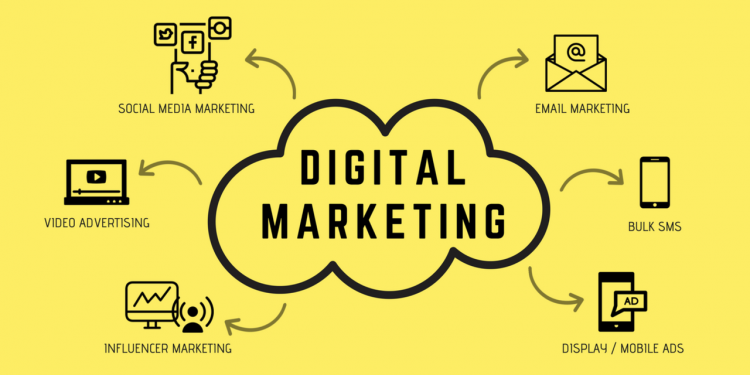Digital marketing is an essential aspect of modern business strategies. With the rapid growth of the internet and digital technologies, businesses must leverage online platforms to reach their target audiences effectively. Here’s a step-by-step guide to mastering digital marketing:
1. Understand Your Audience
Before diving into digital marketing, it’s crucial to understand who your target audience is. Research their demographics, interests, and online behavior. Tools like Google Analytics, social media insights, and customer surveys can provide valuable data.
2. Develop a Digital Marketing Strategy
A well-defined strategy is the backbone of successful digital marketing. Outline your goals, such as increasing brand awareness, generating leads, or boosting sales. Define your key performance indicators (KPIs) to measure success and set a budget to allocate resources effectively.
3. Build a Strong Online Presence
Your website is often the first point of contact with potential customers. Ensure it is user-friendly, mobile-responsive, and optimized for search engines (SEO). High-quality content and a clear call-to-action (CTA) can drive engagement and conversions.
4. Utilize Search Engine Optimization (SEO)
SEO involves optimizing your website and content to rank higher in search engine results. Focus on keyword research, on-page optimization (like meta tags and headings), and off-page strategies such as backlinks. Regularly update your content to keep it relevant and valuable.
5. Engage with Social Media
Social media platforms like Facebook, Instagram, Twitter, and LinkedIn are powerful tools for engaging with your audience. Create and share relevant content, run targeted ads, and interact with followers to build relationships and enhance brand loyalty.
6. Invest in Paid Advertising
Paid advertising can provide immediate results and boost your digital marketing efforts. Platforms like Google Ads and social media networks offer targeted advertising options. Experiment with different ad formats and strategies to find what works best for your business.
7. Email Marketing
Email marketing remains a highly effective way to reach and engage your audience. Build an email list through your website and social media channels. Craft personalized and valuable content, and segment your audience to deliver relevant messages.
8. Content Marketing
High-quality content is central to digital marketing. Develop a content strategy that includes blog posts, videos, infographics, and other formats. Ensure your content is engaging, informative, and aligned with your audience’s interests.
9. Analyze and Optimize
Regularly track and analyze your digital marketing performance using tools like Google Analytics and social media insights. Review your KPIs, identify what’s working, and adjust your strategies accordingly. Continuous optimization helps in staying ahead of the competition.
10. Stay Updated with Trends
Digital marketing is ever-evolving, with new technologies and trends emerging regularly. Stay informed about industry changes, new tools, and best practices to keep your marketing efforts current and effective.
Conclusion
Digital marketing is a multifaceted field requiring strategic planning, creativity, and ongoing analysis. By understanding your audience, leveraging various digital channels, and continuously optimizing your approach, you can create a robust digital marketing strategy that drives growth and success for your business.










